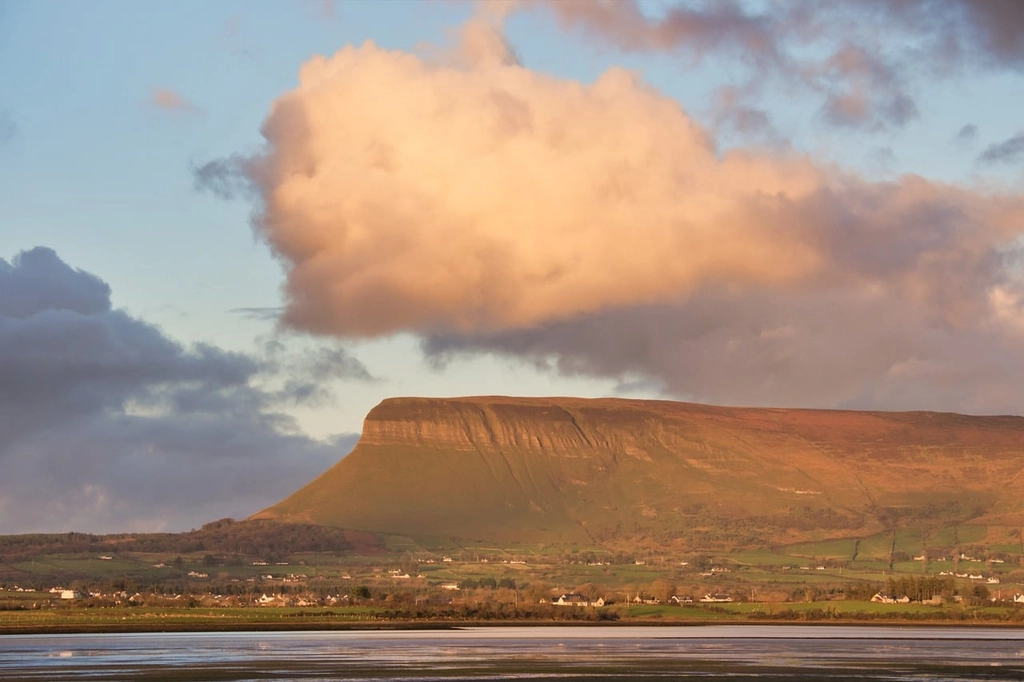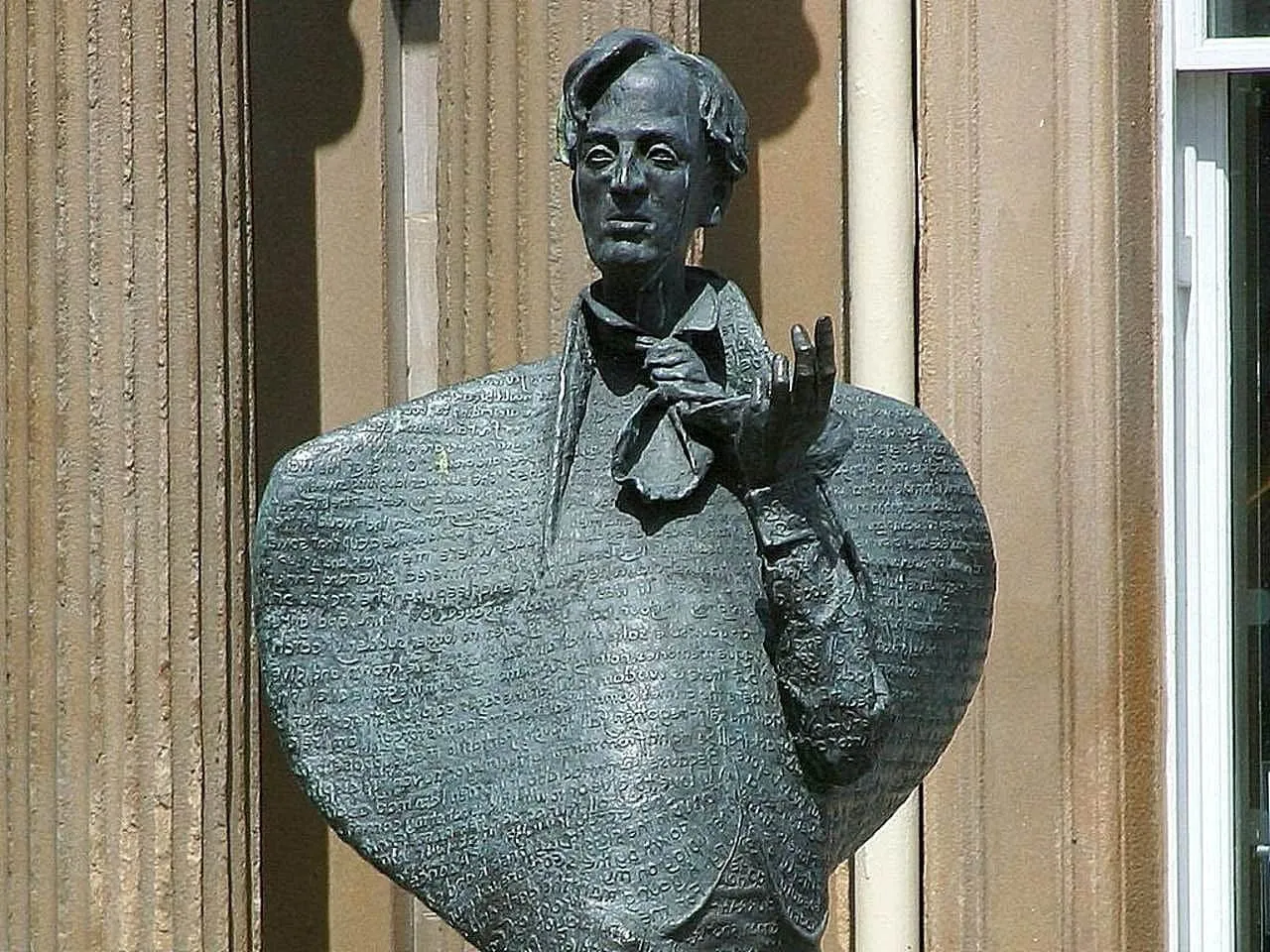William Butler Yeats, a towering figure in Irish literature and one of the foremost poets of the 20th century, left an indelible mark on Ireland's cultural landscape. His profound connection to the country and its rich history is woven into the tapestry of his work, which continues to resonate with readers worldwide. This article will take you on a journey through the life of W.B. Yeats, exploring the places in Ireland that shaped him and his poetry.
A Poet's Beginning: Sandymount, Dublin
W.B. Yeats was born on June 13, 1865, in Sandymount, a coastal suburb of Dublin. His early years were spent in a bustling household, where his parents, siblings, and artistic pursuits left a lasting impression on the young poet. Although he would later move to London and travel extensively, the sights and sounds of his Dublin childhood would continue to echo in his work.
The Enchantment of Sligo
County Sligo, often referred to as "Yeats Country," holds a special place in the poet's heart and imagination. Yeats spent many summers in Sligo, where the dramatic landscapes and ancient myths inspired some of his most famous poems, such as "The Stolen Child" and "The Lake Isle of Innisfree." Key locations associated with Yeats in Sligo include Lough Gill, Glencar Waterfall, and the iconic Ben Bulben mountain.

The Literary and Mystical Pursuits of Coole Park, Galway
Coole Park in County Galway was the home of Lady Augusta Gregory, a close friend and collaborator of Yeats. It was here that the two co-founded the Irish Literary Theatre, a precursor to the Abbey Theatre in Dublin. Yeats often visited Coole Park, where he found inspiration in the tranquil gardens and surrounding woodlands. The park's famous "Autograph Tree," adorned with the carved initials of Yeats and other literary figures, stands as a testament to the rich creative atmosphere of this enchanting place.
The Abbey Theatre, Dublin
W.B. Yeats played a pivotal role in the founding of the Abbey Theatre in Dublin, a cornerstone of Irish cultural life. Established in 1904, the theater was the first state-subsidized theater in the English-speaking world and remains a vital platform for Irish playwrights and actors. Yeats served as one of the theater's directors and wrote numerous plays performed on its stage, including "Cathleen ni Houlihan" and "The Countess Cathleen."
Thoor Ballylee, Galway
In 1917, Yeats purchased a 16th-century tower house in County Galway called Thoor Ballylee. This idyllic retreat, which he renovated and called his "tower of ivory," became a sanctuary for the poet, his wife, and their children. The tower and its picturesque surroundings feature prominently in Yeats' later poetry, including the collection "The Tower."
A Poet's Resting Place: Drumcliffe, Sligo
W.B. Yeats passed away in France in 1939 but was reinterred in Drumcliffe Churchyard, County Sligo, in 1948. His grave, nestled at the foot of Ben Bulben, bears the epitaph he composed for himself: "Cast a cold eye / On life, on death. / Horseman, pass by!" This serene and poignant final resting place embodies the poet's enduring connection to the landscapes that shaped his life and work.
